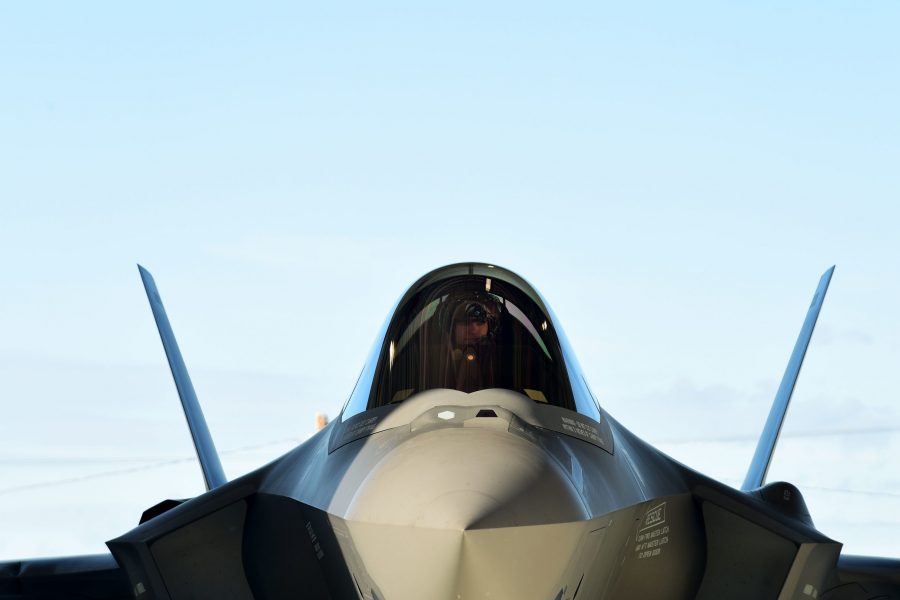The cost of major Air Force programs increased $3.7 billion in the first quarter of fiscal 2020 versus the previous year, due mainly to buying more units and services, according to a summary of the Pentagon’s Selected Acquisition Reports released Nov. 10.
The full slate of Air Force acquisition programs increased in cost from $243.1 billion to $246.8 billion during the first quarter of 2020.
Specific Air Force program changes called out by the Pentagon include:
- The F-15 EPAWSS (Eagle Passive Active Warning Survivability System) costs increased 62.1 percent, or $2.02 billion, because the number of aircraft to be equipped with it increased from 36 to 221.
- The National Security Space Launch program costs increased $1.7 billion, or 2.7 percent, due to an increased number of launches, from 179 to 191, “based on space vehicle requirements.”
- The HH-60W Jolly Green II Combat Rescue Helicopter’s cost increased 10.2 percent, or $932.9 million, “due primarily to an increase for procurement modification capability upgrade retrofit kits and the realignment of flyaway and initial spares.”
- The MQ-9 Reaper program declined in cost 11.7 percent, or $1.4 billion, due to the cancellation of funding for the Block 50 Ground Control Station procurement, as well as congressional cuts in fiscal year 2020.
- The B-2 Defensive Management System has been scaled back to a project that will simply update cockpit displays, reducing its cost by 17.3 percent, or $525.7 million.
In addition, the joint-service F-35 program cost $206 billion less in base-year and $32.8 billion less in then-year dollars, “driven by incorporation of the Lot 11 actuals as well as the negotiated values for Lot 12-14 procurement.” F-35 program costs declined by $19 billion in base-year 2012 dollars and by $30.7 billion in then-year dollars, or $18.7 billion in base year 2012 dollars and $30.4 billion in then-year dollars when sustainment costs are included.
Some of the effects of expelling Turkey from the F-35 program were reflected in higher research, development, test, and evaluation costs, which increased by $1.6 billion in base-year and $2.1 billion then-year dollars. The boost in RDT&E was due to “several factors, including the need for program-aligned training systems, revised partner cost-sharing arrangements, and the extension of Block 4 through 2025.” Block 4 is the current upgrade program, intended to produce continuous software updates.
The F-35’s Unit Recurring Flyaway Cost, which includes the aircraft and the engine, dropped by $12.5 million for the F-35A used by the Air Force; $8.6 million for the F-35B version used by the Marine Corps, and $7.6 million for the F-35C used by the Navy. The Average Procurement Unit Cost fell by $8.4 million in base-year dollars and $7.6 million in then-year dollars.
The Pentagon did not update its F-35 operations and sustainment cost estimates, last calculated in fiscal 2018. It noted that the Joint Program Office is working to reduce O&S costs and is developing revised numbers for aspects such as beddown costs, “updated labor rates, removing Turkey [from the program], …updating fuel burn rates,” and other expected cost savings.
In addition, the Navy Long-Range Anti-Ship Missile (LRASM) program costs increased 23.6 percent, or $617.9 million, “due primarily to an increase of 129 all-up rounds, from 50 to 179, for the Air Force.” The LRASM is a variant of the Air Force’s Joint Air-to-Surface Standoff Missile, or JASSM.

